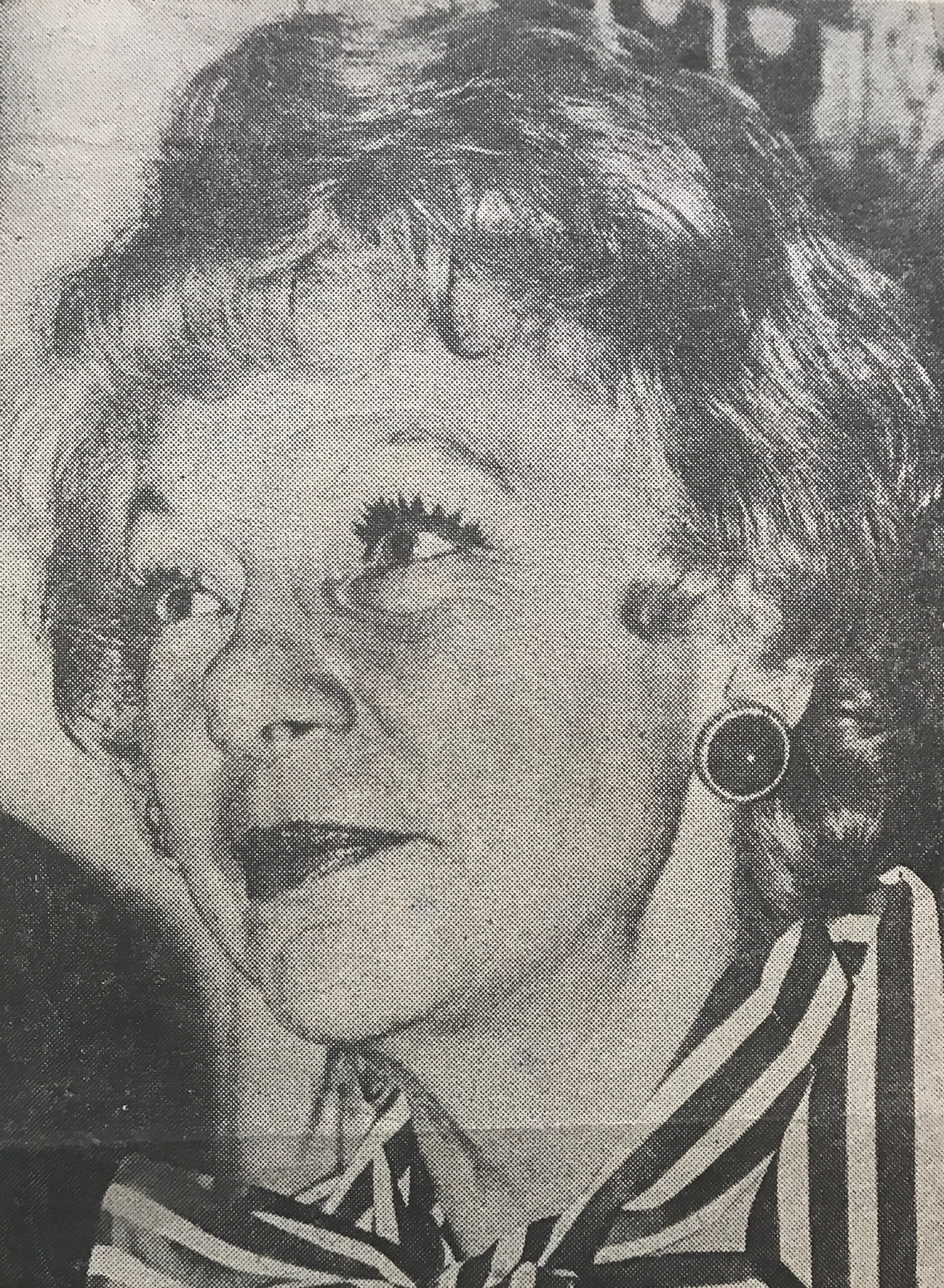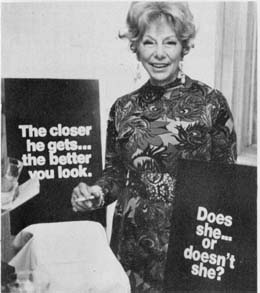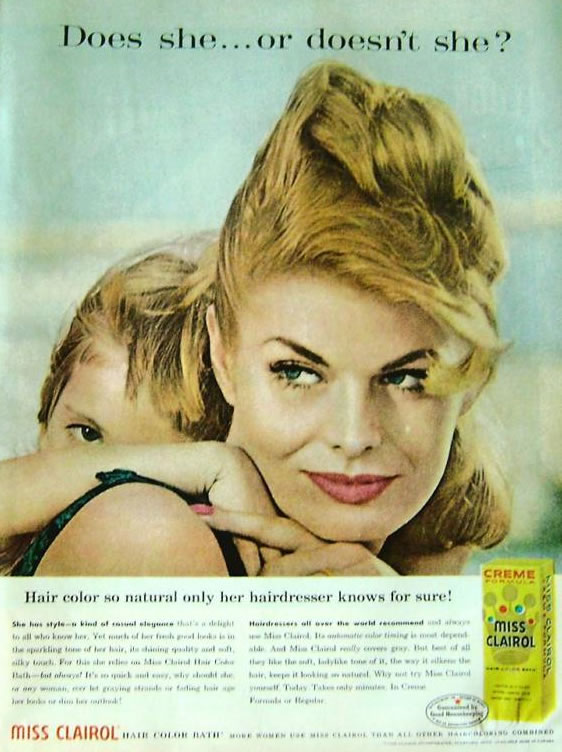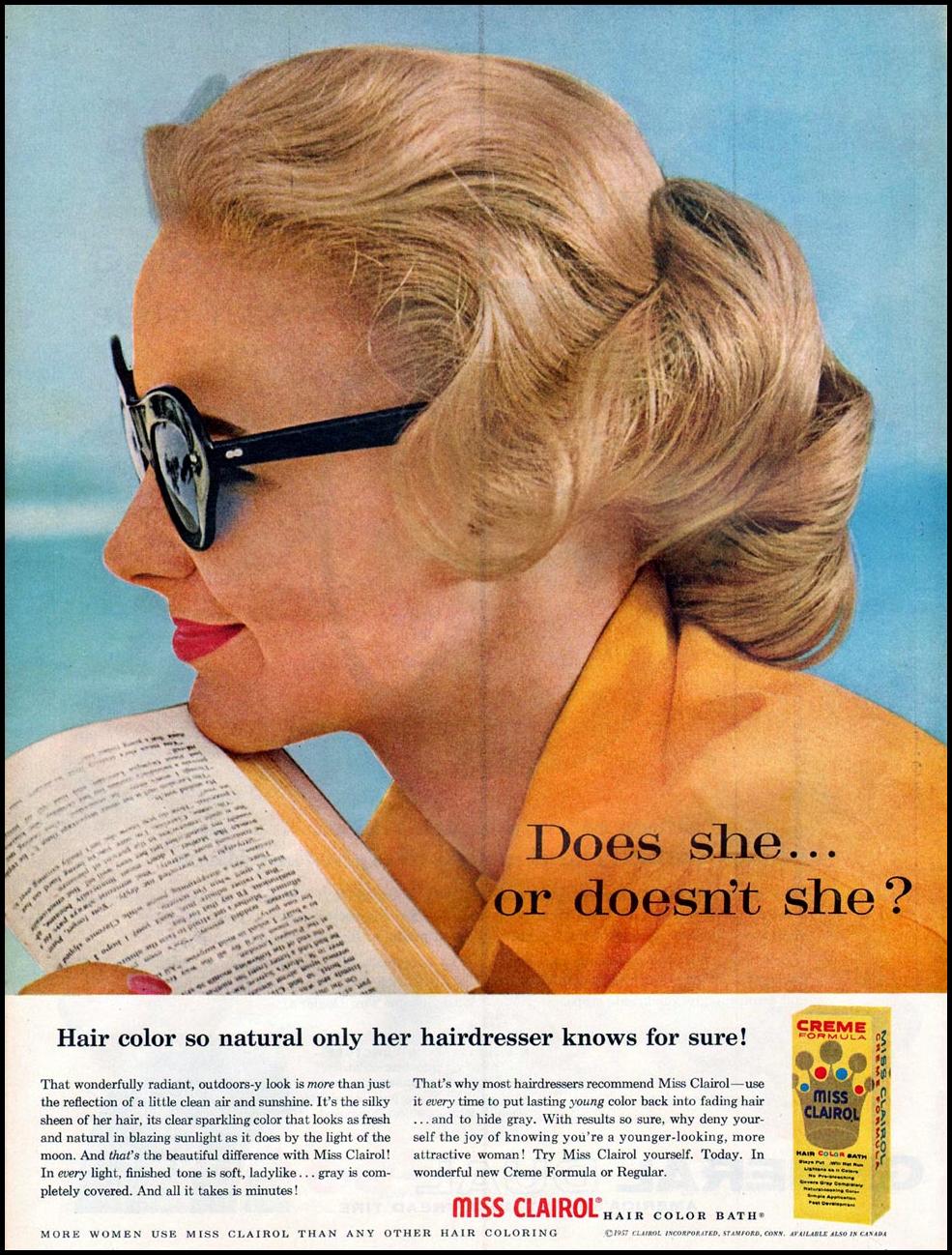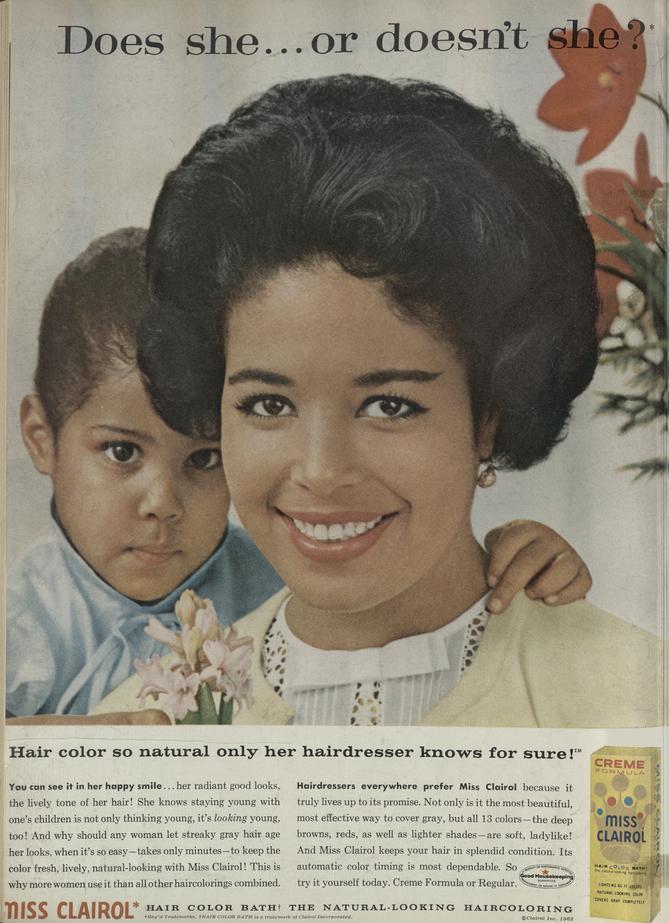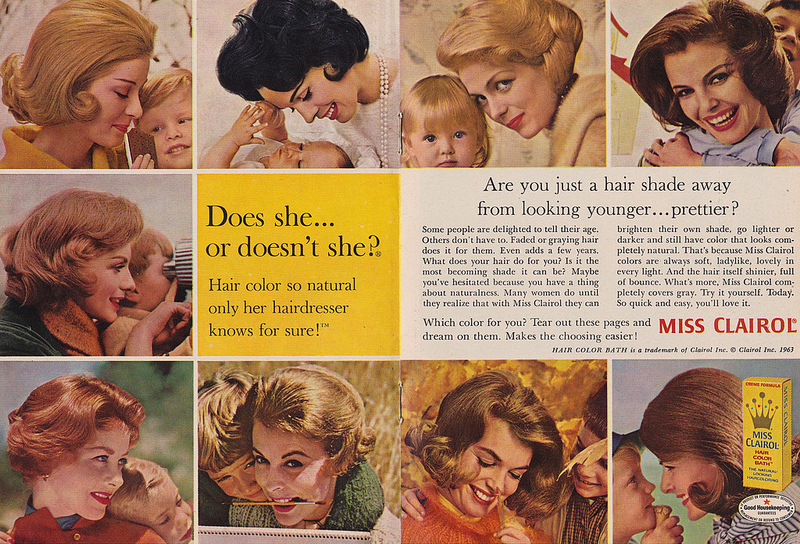
Taboo to Blonde Do
By Alixandra Rutnik on Mar 05, 2021
Iconic copywriter Shirley Polykoff revolutionized the perception of hair coloring
March is Women's History Month in many parts of the world, and while we at The One Club for Creativity aim to highlight women every day of the year, we thought it right to spend some time this month to shine a spotlight on some of the legendary advertising and design creatives of the past and present.
We begin this series with Shirley Polykoff (1908-1998), who was inducted into both the ADC Hall of Fame and the Creative Hall of Fame in 1974.
Shirley Polykoff was the original faux blonde. In fact, she changed the mood about hair coloring forever when she coined her first campaign for Clairol in 1956 — “Does she… Or doesn’t she?”
Shirley was born in Brooklyn in 1908 to Russian Jewish immigrant parents who had so hoped for a boy that they pre-named her Leo. Entering the workforce at the age of eleven to help support her striving family, she found her dreams of upward mobility reflected in the magazine ads and posters of the day. It was through a competition that Shirley learned that creating ads was an actual occupation, and this lit a fire in her to make this her trade. She received her first opportunity in this field in her early twenties as a copywriter for a women's fashion store, and learned very quickly that she had a certain talent for writing for the female consumer.
Shirley continued to work both in-house and in agencies for many years, not slowing down for her 1933 marriage to lawyer George Halperin, nor for the births of her two children. And despite her early successes, it wasn't until 1955 when she truly hit her stride when she joined the offices of Foote Cone & Belding as their sole female copywriter at the age of 47 — a remarkable feat in an industry that appears to dismiss older creatives these days. She was placed on the Clairol account… and the rest was history.
"Does she... or doesn't she?"
Having grown up secretly dying her hair blonde — hair dye was the providence of actresses, models, and sex workers back then — Shirley found herself in the perfect situation to help break the stigma of DIY hair dye. The story goes that when Shirley first met the parents of her then-fiancé George, her future mother-in-law correctly and disapprovingly deduced that she colored her hair. It was this guesswork that would inspire the entire “Does she… or doesn’t she?” campaign for Miss Clairol.
The idea wasn't an immediate success for Polykoff, however; when she pitched the slogan to her male higher-ups, they thought that the campaign was too provocative and sexually suggestive. Shirley conducted her own spot of focus groups with women, and learned that few found the idea suggestive as the men did. In the end, Polykoff won her pitch and a 13-page spread for Miss Clairol ran in the fall 1956 issue of Life Magazine.
For the campaign's creative direction, Polykoff is quoted to have wanted women who resembled “cashmere-sweater-over-the-shoulder types. Like larger-than-life portraits of the proverbial girl on the block who’s a little prettier than your wife and lives in a house slightly nicer than yours.” She wanted hair dye to be respectable and mainstream, so most of the Clairol ads contained women with children to cut any sexual undertones and also to prove that Clairol’s hair color provides a perfect match to your children’s hair color. Clairol was easy to use and discreet.
In Polykoff’s 1975 memoir, she wrote, “I guess my whole life wrote that campaign. There are advertising campaigns that seem terribly smart, bright, slick, humorous, written to impress the copywriting colleague down the hall, or even to show off one’s own wit to oneself, but I have always believed that ads that communicate, ads that really create a compelling person-to-person bond, are ads that reflect the writer’s total life experience.”
"I have always believed that ads that communicate, ads that really create a compelling person-to-person bond, are ads that reflect the writer’s total life experience."
Shirley clearly created a “person-to-person bond” with the Miss Clairol ad because the campaign received a lot of fan mail. One woman wrote that she saw a Clairol ad in the subway and she immediately went blonde. “That is how I am in Bermuda right now on my honeymoon with Harold,” she wrote.
Miss Clairol’s “Does she… or doesn’t she? Only her hairdresser knows for sure.” campaign was only the beginning of normalizing hair coloring for women. After Miss Clairol there was Nice ‘n Easy: “The closer he gets, the better you look;” and Lady Clairol: “Is it true blondes have more fun?” From the fifties to the seventies, American women coloring their hair went from a meager seven percent to more than forty percent. In 2008, Clairol found that 75% of American women dye their hair and 88% of women feel that their hair color directly affects their confidence. We owe these stats to Polykoff — the original faux blonde who is famous for saying, “If I’ve only one life, let me live it as a blonde.”
"If I’ve only one life, let me live it as a blonde."
Polykoff was one of the highest-paid copywriters of the 1950s and 1960s, but she was so traditionally routed in the pre-feminist idea that men were the bread-winners of the family that she wouldn’t allow herself to make more money than her lawyer husband. She liked to say I’m, “a girl first and an advertising woman second.” After her husband passed away in 1960, she finally allowed FCB to raise her salary to match her copywriting expertise. Polykoff retired in 1973 and left FCB to open her own advertising agency.
When it came to copywriting that deftly captured the mindset of women, Shirley has few equals in our industry's history. One tagline after another, she broke through the taboo surrounding hair dye. Today, hair coloring is part of our pop culture, and there are so many ways to do it. Highlights, low-lights, balayage, or bleached... of course, Shirley would suggest going blonde and say, “you generate better when you think you’re gorgeous.”
Blondes do it better, after all.
Tags
Related
